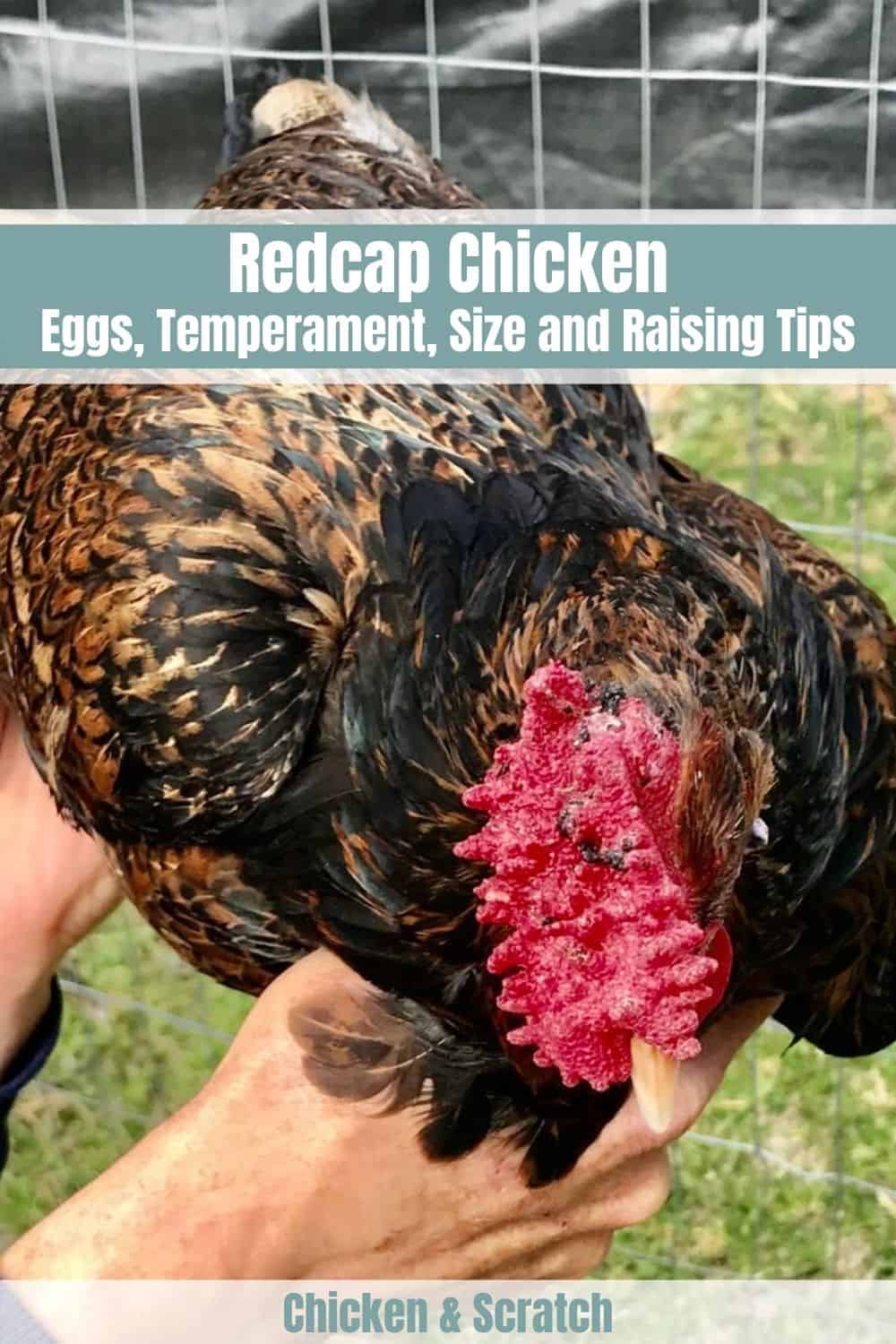Raising chickens is not time-consuming; it is not expensive, and it can be so fun and rewarding having these awesome creatures in your backyard. The breed we will introduce today is good for both beginners and people who already have experience raising chickens.
They are not difficult to maintain and they are very beautiful! Redcap chicken is not as popular these days as it was in the 19th century, but this breed deserves more recognition. Let’s see what makes them so special and you might start thinking about getting one as your pet.
Weight | 6 - 8 lbs |
Color | deep red to black |
Lifespan | 8-10 years |
Egg Size | large |
Egg Color | white |
Egg Laying | good |
Cold Hardy | yes |
Cost per Chick | $1.5 -$2.5 |
This article will cover
- Background And History of Redcap Chicken
- Breed Standard And Appearance
- Redcap Chicken Personality And Temperament
- Egg Laying and Meat Production
- Health Issues and Care
- 3 Tips For Raising Redcap Chickens
Background And History of Redcap Chicken
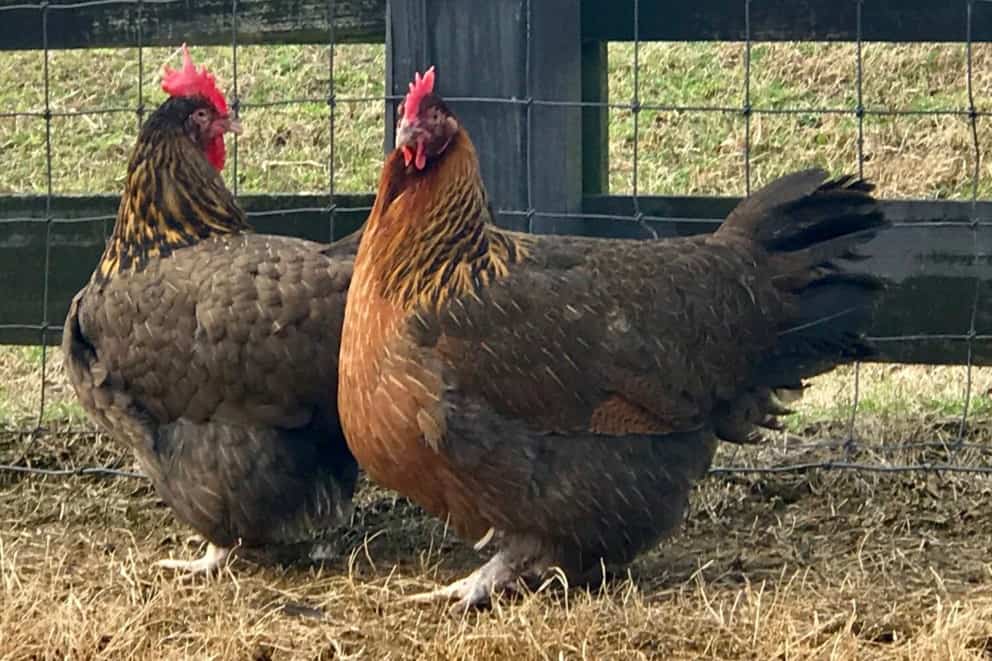
Redcap chicken, also called Derbyshire Redcap, comes from Derbyshire in England, just as the name suggests. Its origins probably date back to the early 19th century, although there is no definite information on the exact year.
It arrived in America and reserved its place in the American Poultry Association Standard of Perfection. Nowadays, it is an endangered species, listed as ‘critical’ by The Livestock Conservancy. It means that there are less than 500 Redcap chickens in the USA and less than 1000 in the whole world.
This bird was mostly kept for egg and meat production, as well as for bird shows and as an ornament. The farmers could earn good money off of these chickens’ good-quality eggs and meat. Unfortunately, its popularity quickly dropped, and there are still not many people enthusiastic about the Redcap chicken these days.
Breed Standard And Appearance
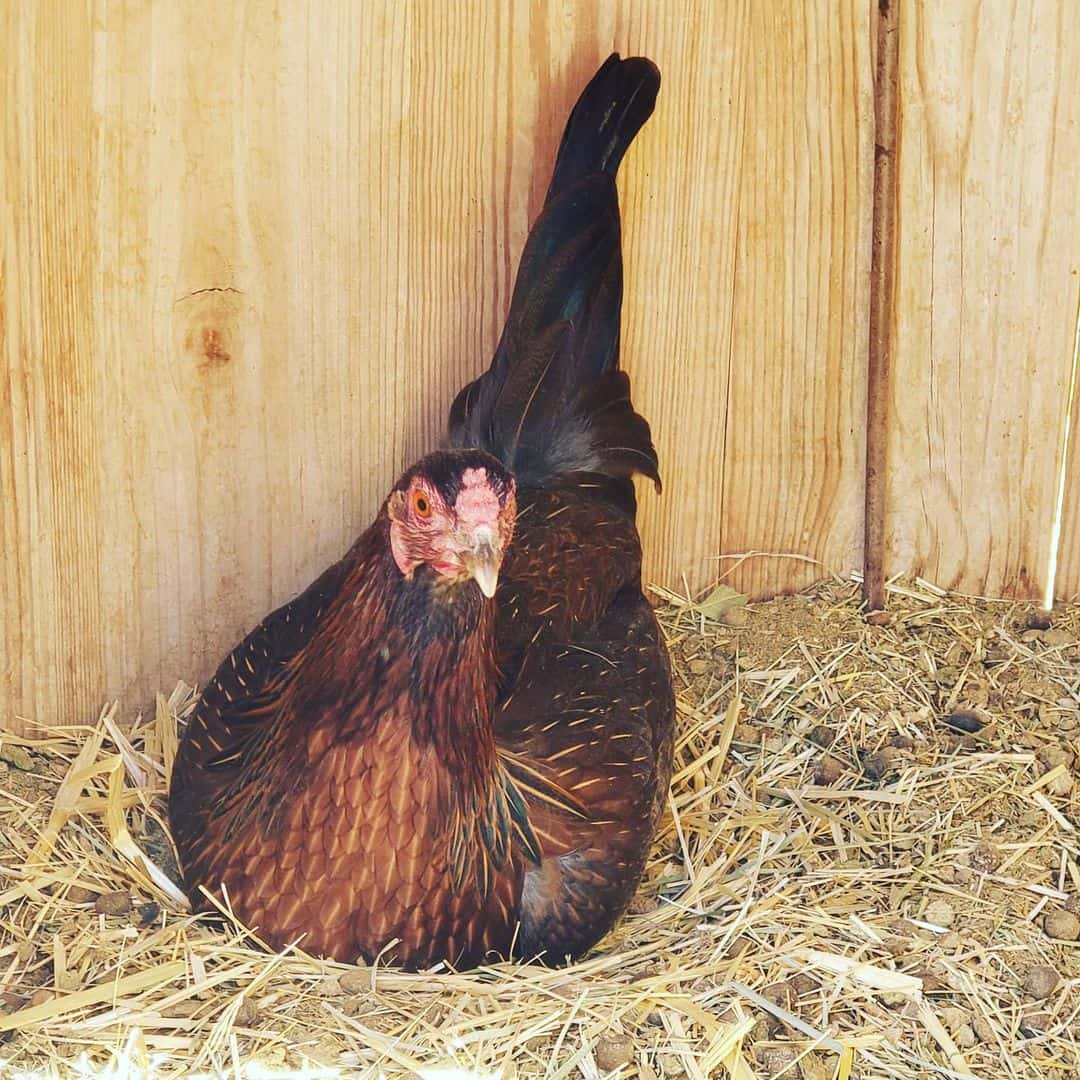
This beautiful chicken is the most famous for its comb – it is bright red, very big, and has many points on the top. These characteristics of a comb make it look like a crown. Its wattle and ears are of the same bright red color. The plumage of this breed is usually a combination of black and light brown, with one color being more prevalent than the other.
They are slow-growing birds, so they will fully form their plumage when they are two or three years old. Their skin is white. Their beaks are on the smaller side and brown. The Redcap chickens’ expected lifespan is up to ten years.
Roosters can weigh up to 8 pounds while hens usually grow up to be around 6 pounds. Due to their appearance, they are often kept as ornamental birds. However, due to their decreased popularity, you cannot see many Redcap chickens in the bird shows nowadays.
Redcap Chicken Personality And Temperament

While certainly beautiful, redcap chickens are not particularly friendly. They are not too aggressive either, but they can be pretty loud sometimes. They adapt well to all kinds of weather, but they are more comfortable in warm conditions than during the winter season.
Redcaps are active and lively, so they require a lot of space. Due to their restless and curious nature, they are good as free-ranging birds, so make sure to provide them with enough space to do that. Hens are not good mothers.
They are not especially broody, so they are not enthusiastic about sitting on their eggs. If you plan to breed them, you should be ready to buy an incubator or have broody hens in your flock. If socialized properly, they can become a bit friendlier with humans.
They can also get along with the other breeds of chicken as long as you introduce them early on. Another important thing to know about them is that they are good fliers, so you should have a higher fence if you have Redcaps in your flock. All in all, they can make good pets if you have them from hatching and if you rear them correctly.
Egg Laying and Meat Production
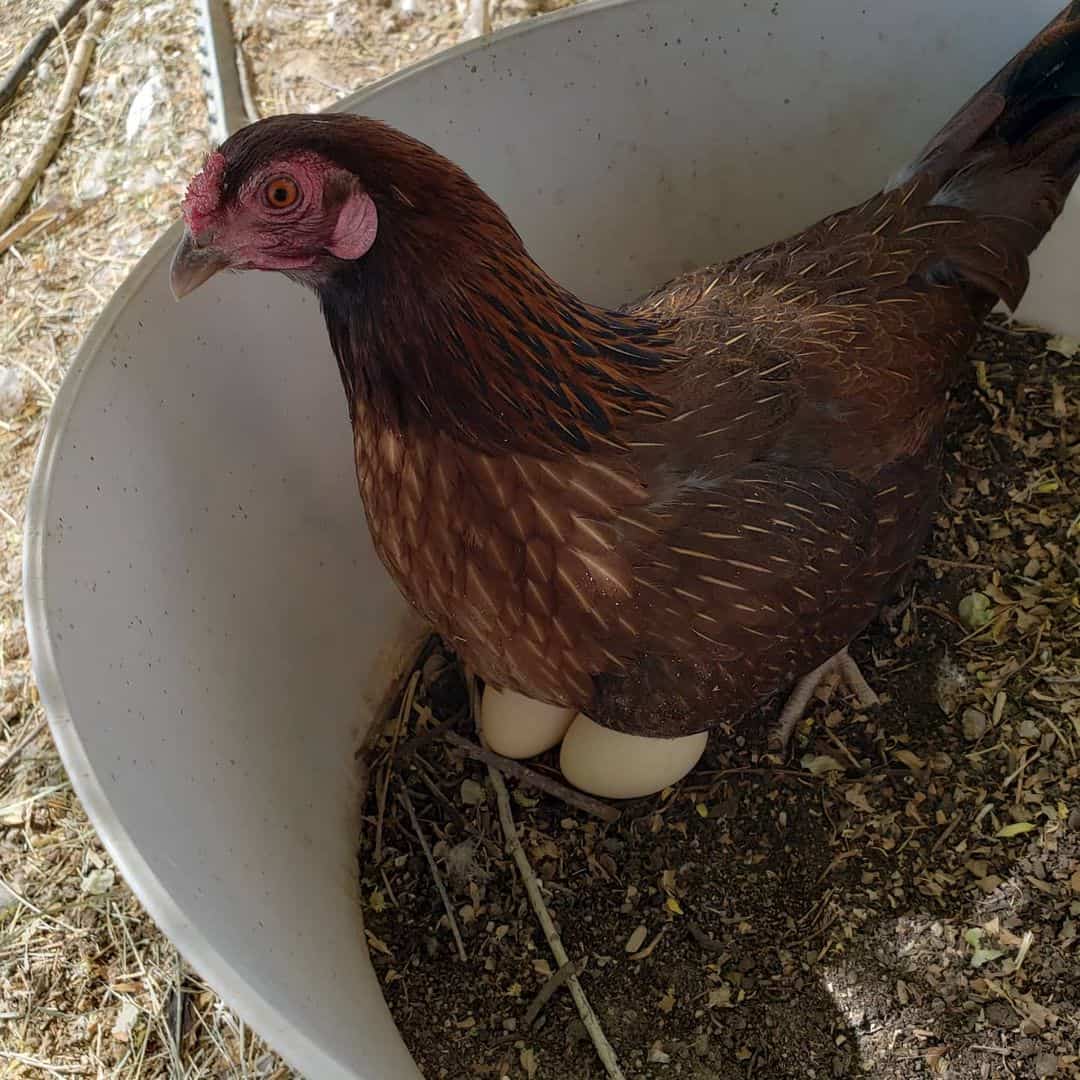
One of the things the Redcap chickens are great for is laying eggs. They can lay up to 200 eggs per year, so you can expect to have up to four eggs per week from one hen. Their eggs are large and white-shelled and you can expect a steady egg production for many years.
The meat of Redcap chicken is high-quality and very tasty. However, they might not be the best option for extensive meat production because they are endangered and difficult to find. If you do find them for sale, they can get expensive. Although their meat is tasty, it is not significantly better than that of more common chicken breeds, so they are more worthy of laying eggs than meat.
Health Issues and Care
Redcap chickens are not particularly sensitive, so there are no diseases they are especially prone to. However, they can still get some of the most common chicken diseases, like bird flu, fowl pox, Newcastle disease, and parasites. Most of the diseases chicken can get are quickly spread.
To prevent your birds from getting sick in the first place, you should vaccinate them according to your vet’s instructions and advice. If, however, you notice any of your chickens acting strangely in any way, react immediately to avoid having your entire flock infected.
Parasites can especially be annoying. Keeping the coop of your flock nice, clean, and properly ventilated is a must. Keep your flock safe from snails and slugs as they can be transmitters of parasites. As they are large birds, you should provide each of them with at least 5ft of space in the coop.
Giving them high-quality food and fresh water regularly is a given. Depending on your vet’s advice, you can give your hens calcium-rich food or calcium supplements to increase or maintain egg production. Considering everything, there is no special care needed for Redcap chickens. They are relatively easy to maintain.
3 Tips For Raising Redcap Chickens
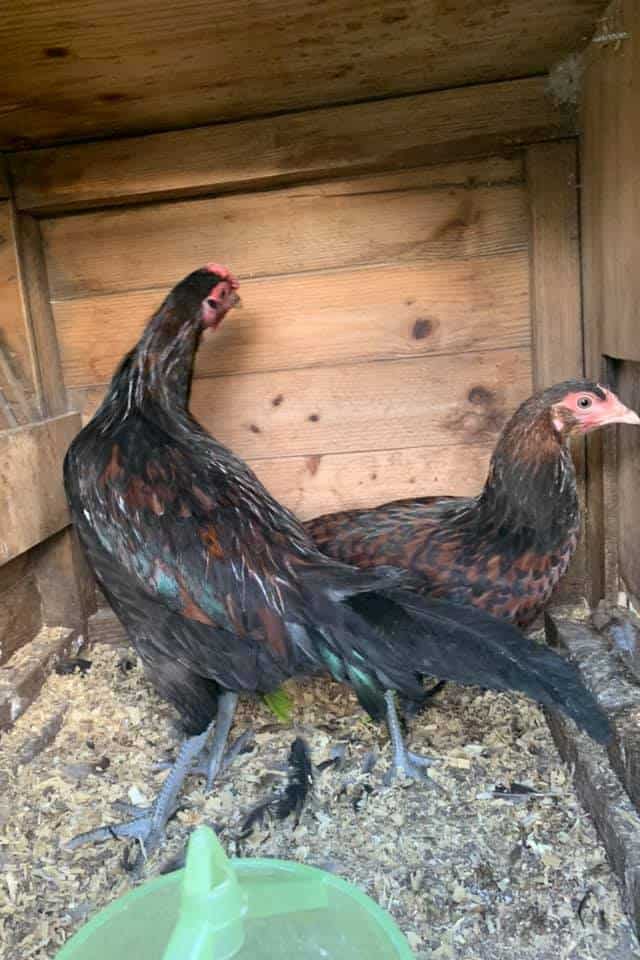
1. Socialize Them
Redcap chickens are not very amiable, but they can be very good pets if they are socialized on time. To get your chickens used to humans, you should interact with them since the day they hatch, as it would be much harder as they get older. When they are a few days old, start putting your hand in their box.
Make only slow movements as they may be scared. Continue doing this every day and when they are around a week old you can start holding them in your hands. Talk to them and give them some treats so they can associate your voice with a good stimulus, such as food. As they get older, continue hanging out with them and they will grow up to be socialized and used to humans.
2. Have a Broody Chicken In Your Flock
As mentioned, Redcap chickens are not always good mothers. If you want to breed them, you should make sure to have a broody chicken in your flock that will make up for the Redcap’s lack of maternal instinct.
Another option is to buy a chicken incubator that will allow the eggs to eventually hatch. The best option is for the egg to hatch with a mother’s help, but if for any reason that is not possible, incubators can serve the purpose quite well.
3. Let Them Free-Range
Redcap chickens are active and curious. You should allow them to free-range, exploring and foraging for some of the food they eat by themselves. This will let them wind out and they will be very happy to have the freedom to roam around. However, remember that they are flighty.
Provide them with a stress-free environment, so they don’t have a need to run away, and just in case, put a higher fence in your backyard.
If there are good environmental conditions where you keep your chickens, you could let them free-range for all of their food. The benefit of free-ranging is that your chickens are not likely to become obese – they know how much to eat and when to stop when consuming natural food.
Summary
Redcap chickens do not require a lot of time, effort, and money. They are quite independent, although it is recommended to spend time with them so they can socialize properly. Recaps are good foragers so they are great as free-range chickens as well.
They are big and like their space, so provide them with at least 5ft of space in their coop. Do not keep them closed – let them wander around the backyard for at least a few hours per day. They adapt well to different temperatures but have a heating lamp ready for winter just to be safe.
When you take care of them properly – feed them high-quality food, give them fresh water daily, and keep their space clean and healthy, they can live long. Redcaps are good for egg production, meat production, and ornament birds. The unfortunate thing about this breed is that they are endangered – it is very difficult to find them, and it can be expensive when you do.
Keep in mind that they are growing slowly – you can expect them to fully form their plumage when they are two to three years old. However, it is worth waiting! They are very beautiful and make great pets.
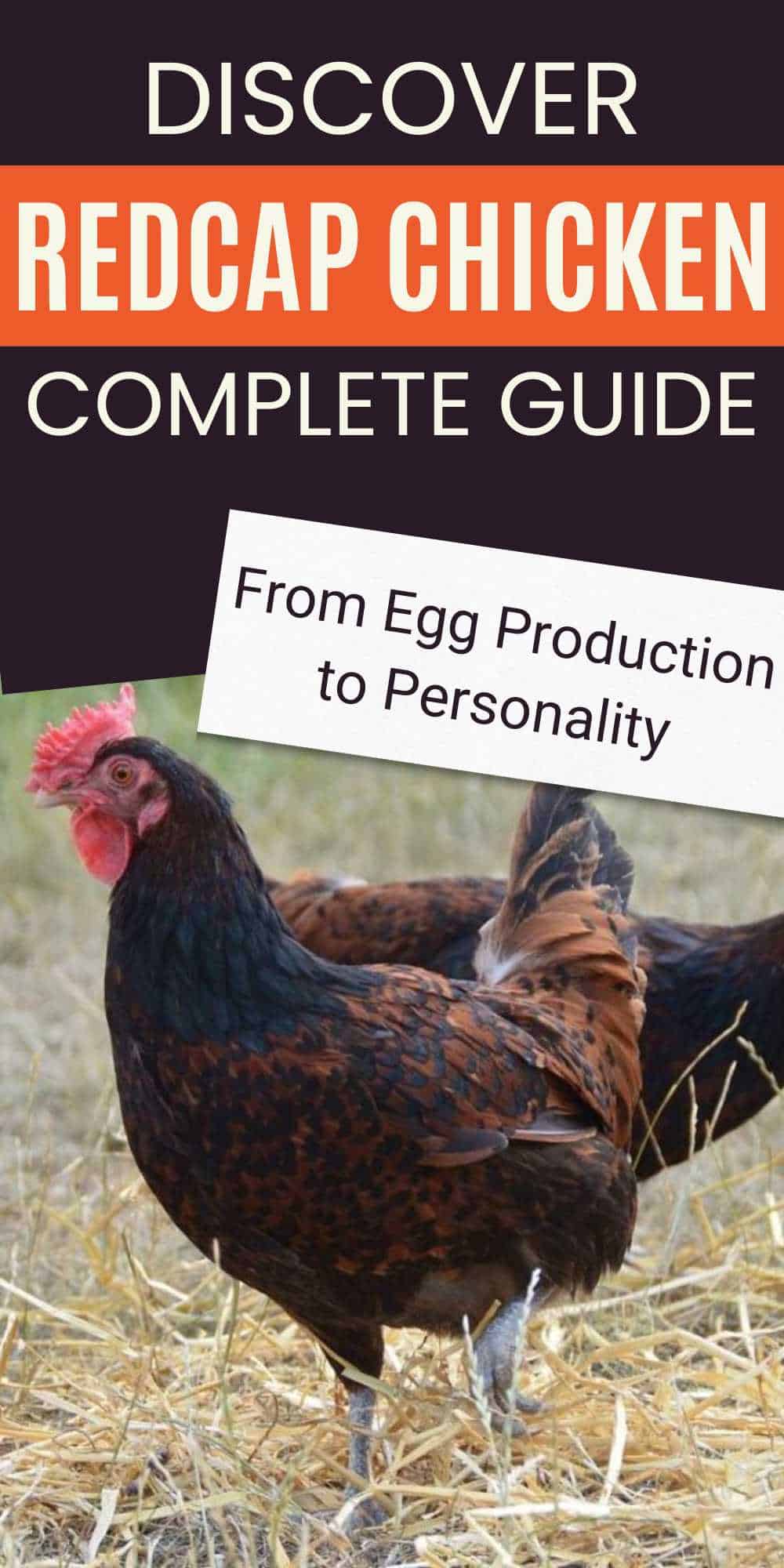

Joseph Hudson has been raising chickens for over 15 years. In 2018, he completed the Agriculture & Natural Resources program at Mt. San Antonio College. He currently raises over 1400 chickens on his 7.5-hectare farm. He keeps sharing his experience on raising healthy and happy chickens on Chicken Scratch The Foundry.
